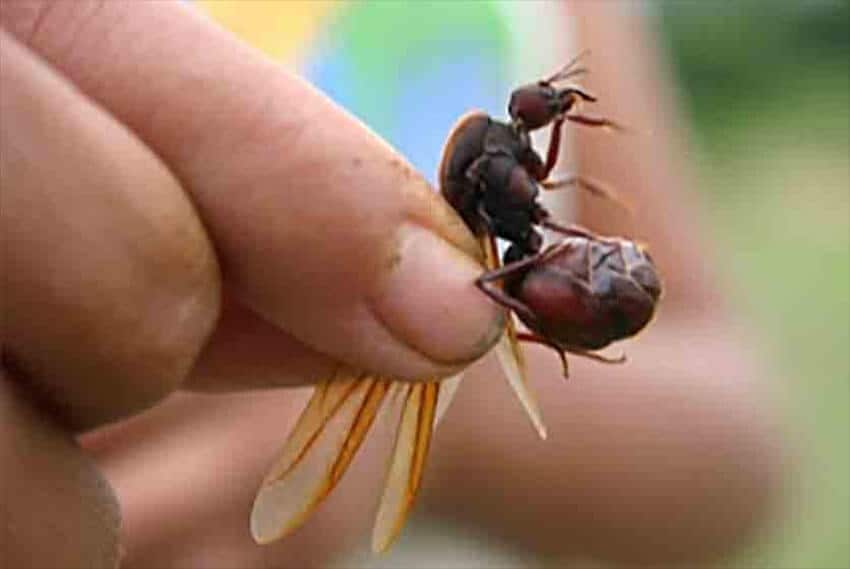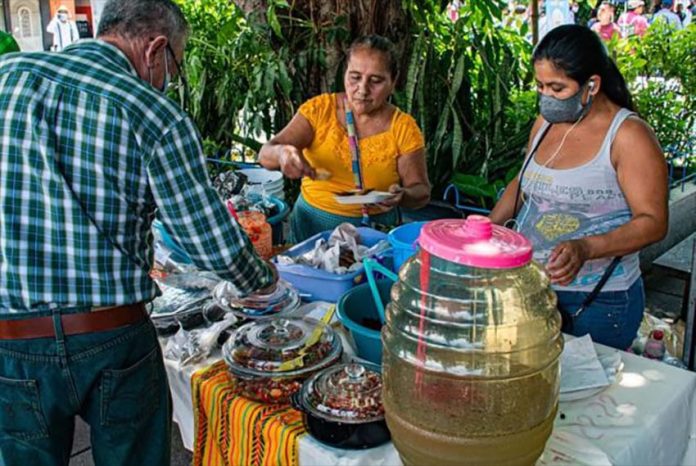The nucú flying ant, a beloved Chiapas delicacy, was the star attraction at the Feria Gastronómica del Nucú (Edible Ant Culinary Festival) in the capital city of Tuxtla Gutiérrez last weekend.
Hosted by the city government and the Tuxtla Institute of Art and Culture (ITAC), the gastronomy fair presented 50 unique dishes developed by 40 traditional cooks and chefs, all including nucú edible ants (also known as chicatana ants).
More than just good eating, the fair included presentations about edible ants as a gourmet delicacy, as well as workshops on how to prepare them, and even a book dedicated to the topic. An important part of the regional Zoque cuisine, the edible ant is only one of six insect species that are consumed in Chiapas and 35 nationwide, said Omar Velázquez Toledo, a chef and the director ITAC.
“This is a custom of ancient cultures,” said Velázquez about the use of edible insects. Historical information dates their use back at least as far as the 1920s as a primary ingredient in regional cooking. Though the most traditional way to consume ants has long been boiled or toasted with salt, nowadays you will find them incorporated into flour for baked goods, as an ingredient in mole, in tamales, salads, sweets, and ice cream.

A seasonal delicacy, the nucú, or flying ants of the area, fly from their nests at the beginning of the rainy season when they are “hunted” by local families, many who have spent generations collecting insects in the area. The nucú, also called zompopo, nacasmá, tzim tzim and cocosh by the native peoples of Chiapas, are known most commonly as chicatana ants in the rest of the country. The labor required to collect just a few grams of ants or their eggs (another gourmet delicacy), means your next ant omelet won’t be cheap: they can sell for almost 1,500 pesos (US $75) a kilo in markets across Mexico.
The last decade has seen many international organizations, including the United Nations, calling on countries to incorporate more bugs into their national diets to fight world hunger. The slightly crunchy, peanut-flavored chicatanas are certainly high in protein and nutrients, and can provide many benefits for humans, including improving the digestive system. But while chefs and diners ooh and ahh over ants as a gourmet ingredient, scientists warn that ant populations are decreasing, partly due to over-collection by humans and partly to loss of habitat.
With reports from EFE
